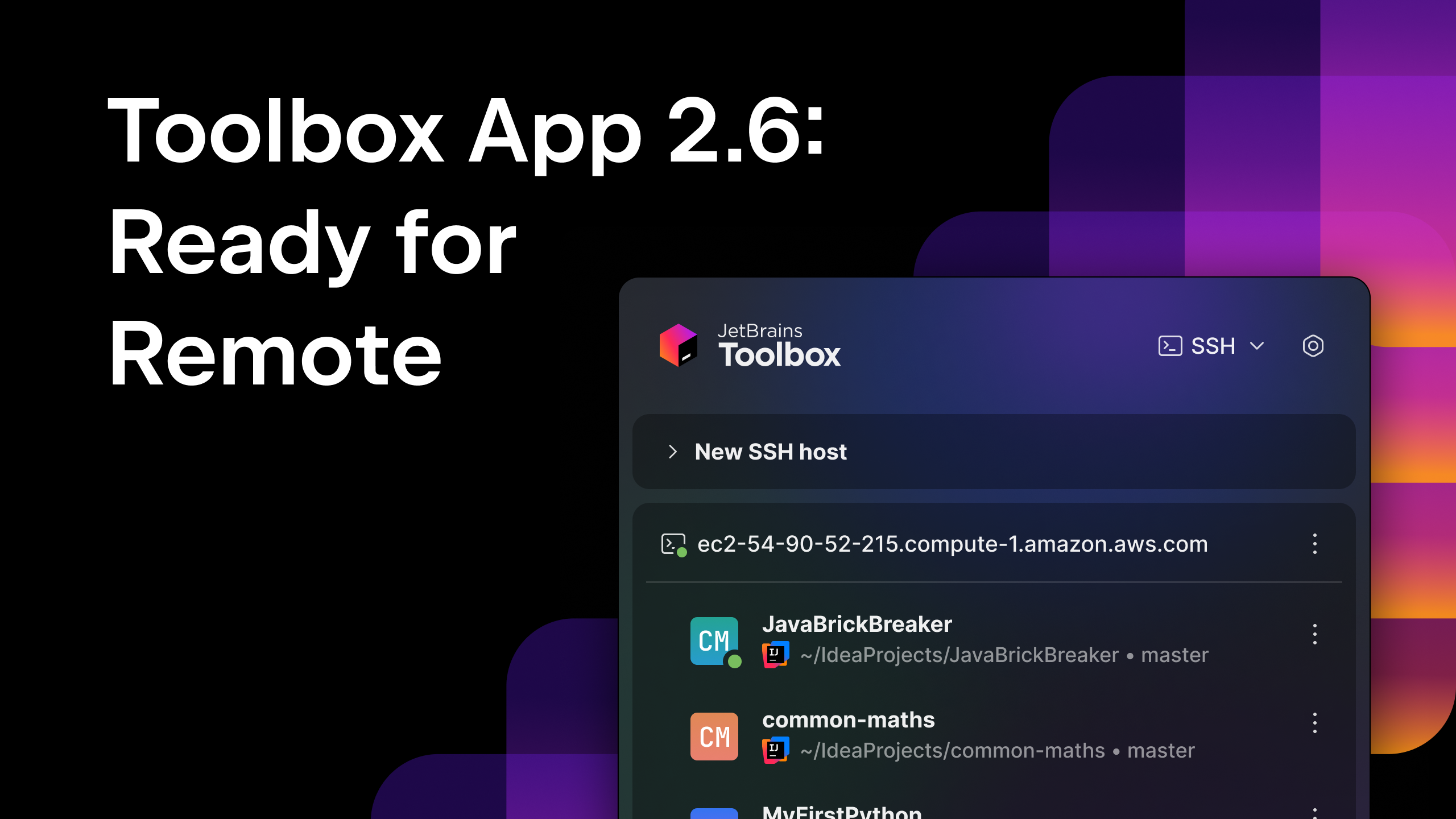Mastering PostgreSQL Table Partitioning for Scalable Databases
Mastering PostgreSQL Table Partitioning for Scalable Databases As datasets grow, performance and manageability can suffer. PostgreSQL's table partitioning offers a way to split large tables into smaller, more manageable pieces—without changing how you query the data. In this guide, we’ll dive deep into how to design and implement efficient partitioning strategies in PostgreSQL. 1. What Is Table Partitioning? Partitioning allows a large table to be divided into smaller, physically separate tables called partitions. These partitions behave like a single table to the user but offer major performance advantages for large datasets. 2. Types of Partitioning in PostgreSQL Range Partitioning: Based on a continuous range of values (e.g., dates). List Partitioning: Based on a list of discrete values (e.g., countries or regions). Hash Partitioning: Distributes rows pseudo-randomly based on a hash function. 3. Creating a Partitioned Table Let’s create a simple range-partitioned table for a logs table partitioned by month: CREATE TABLE logs ( id SERIAL PRIMARY KEY, log_date DATE NOT NULL, message TEXT ) PARTITION BY RANGE (log_date); CREATE TABLE logs_2024_01 PARTITION OF logs FOR VALUES FROM ('2024-01-01') TO ('2024-02-01'); CREATE TABLE logs_2024_02 PARTITION OF logs FOR VALUES FROM ('2024-02-01') TO ('2024-03-01'); 4. Automating Partition Creation You can automate this process using stored procedures or tools like pg_partman for easier long-term maintenance. 5. Querying Partitioned Tables Queries look identical to those on regular tables: SELECT * FROM logs WHERE log_date >= '2024-01-15'; PostgreSQL will automatically prune partitions that don't match the query filter—great for performance. 6. Performance Benefits Partition Pruning: PostgreSQL avoids scanning irrelevant partitions. Faster Indexes: Indexes on smaller partitions are quicker to scan. Data Maintenance: Dropping old data becomes as simple as DROP TABLE logs_2023_12. 7. Indexing Strategies for Partitions Indexes are not inherited by partitions; each must be indexed separately. CREATE INDEX idx_logs_2024_01_date ON logs_2024_01(log_date); Keep indexing consistent across partitions to avoid surprises in query plans. 8. Caveats and Gotchas Foreign keys are not supported on partitioned tables (as of PostgreSQL 15). INSERT performance may drop if the number of partitions grows too large. Always test your partitioning logic with realistic datasets and query patterns. 9. Monitoring and Maintenance -- See what partitions exist SELECT tablename FROM pg_tables WHERE tablename LIKE 'logs_%'; -- See query plan to verify partition pruning EXPLAIN SELECT * FROM logs WHERE log_date = '2024-02-10'; Conclusion Table partitioning is a powerful technique in PostgreSQL for managing large datasets with elegance and speed. When designed and maintained properly, it can drastically improve both query performance and long-term scalability. If this post helped you, consider supporting me: buymeacoffee.com/hexshift

Mastering PostgreSQL Table Partitioning for Scalable Databases
As datasets grow, performance and manageability can suffer. PostgreSQL's table partitioning offers a way to split large tables into smaller, more manageable pieces—without changing how you query the data. In this guide, we’ll dive deep into how to design and implement efficient partitioning strategies in PostgreSQL.
1. What Is Table Partitioning?
Partitioning allows a large table to be divided into smaller, physically separate tables called partitions. These partitions behave like a single table to the user but offer major performance advantages for large datasets.
2. Types of Partitioning in PostgreSQL
- Range Partitioning: Based on a continuous range of values (e.g., dates).
- List Partitioning: Based on a list of discrete values (e.g., countries or regions).
- Hash Partitioning: Distributes rows pseudo-randomly based on a hash function.
3. Creating a Partitioned Table
Let’s create a simple range-partitioned table for a logs table partitioned by month:
CREATE TABLE logs (
id SERIAL PRIMARY KEY,
log_date DATE NOT NULL,
message TEXT
) PARTITION BY RANGE (log_date);
CREATE TABLE logs_2024_01 PARTITION OF logs
FOR VALUES FROM ('2024-01-01') TO ('2024-02-01');
CREATE TABLE logs_2024_02 PARTITION OF logs
FOR VALUES FROM ('2024-02-01') TO ('2024-03-01');4. Automating Partition Creation
You can automate this process using stored procedures or tools like pg_partman for easier long-term maintenance.
5. Querying Partitioned Tables
Queries look identical to those on regular tables:
SELECT * FROM logs WHERE log_date >= '2024-01-15';PostgreSQL will automatically prune partitions that don't match the query filter—great for performance.
6. Performance Benefits
- Partition Pruning: PostgreSQL avoids scanning irrelevant partitions.
- Faster Indexes: Indexes on smaller partitions are quicker to scan.
-
Data Maintenance: Dropping old data becomes as simple as
DROP TABLE logs_2023_12.
7. Indexing Strategies for Partitions
Indexes are not inherited by partitions; each must be indexed separately.
CREATE INDEX idx_logs_2024_01_date ON logs_2024_01(log_date);Keep indexing consistent across partitions to avoid surprises in query plans.
8. Caveats and Gotchas
- Foreign keys are not supported on partitioned tables (as of PostgreSQL 15).
- INSERT performance may drop if the number of partitions grows too large.
- Always test your partitioning logic with realistic datasets and query patterns.
9. Monitoring and Maintenance
-- See what partitions exist
SELECT tablename FROM pg_tables WHERE tablename LIKE 'logs_%';
-- See query plan to verify partition pruning
EXPLAIN SELECT * FROM logs WHERE log_date = '2024-02-10';Conclusion
Table partitioning is a powerful technique in PostgreSQL for managing large datasets with elegance and speed. When designed and maintained properly, it can drastically improve both query performance and long-term scalability.
If this post helped you, consider supporting me: buymeacoffee.com/hexshift










































































































































































![[The AI Show Episode 144]: ChatGPT’s New Memory, Shopify CEO’s Leaked “AI First” Memo, Google Cloud Next Releases, o3 and o4-mini Coming Soon & Llama 4’s Rocky Launch](https://www.marketingaiinstitute.com/hubfs/ep%20144%20cover.png)







































































































































































































![Blue Archive tier list [April 2025]](https://media.pocketgamer.com/artwork/na-33404-1636469504/blue-archive-screenshot-2.jpg?#)

































.png?#)








-Baldur’s-Gate-3-The-Final-Patch---An-Animated-Short-00-03-43.png?width=1920&height=1920&fit=bounds&quality=70&format=jpg&auto=webp#)





























.webp?#)










































































































![Apple to Split Enterprise and Western Europe Roles as VP Exits [Report]](https://www.iclarified.com/images/news/97032/97032/97032-640.jpg)
![Nanoleaf Announces New Pegboard Desk Dock With Dual-Sided Lighting [Video]](https://www.iclarified.com/images/news/97030/97030/97030-640.jpg)

![Apple's Foldable iPhone May Cost Between $2100 and $2300 [Rumor]](https://www.iclarified.com/images/news/97028/97028/97028-640.jpg)



































































































































